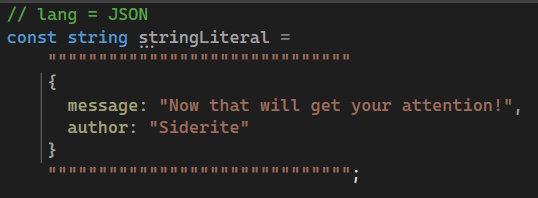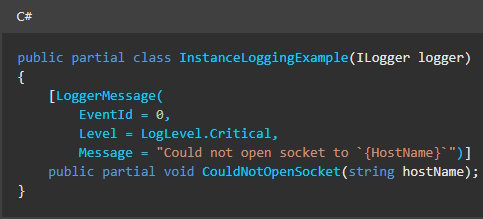The end of the world already happened

I am writing this on my own blog, as most of the websites I am using are crashing and burning. It's the digital equivalent of the guy surviving the nuclear apocalypse because he was living in the woods.
You see, I previously had my blog on Blogger/Blogspot and because of an automated Japanese copyright bot I just got locked out of it one day, with no possibility of appeal to a human being, because the appeals were also handled by Google bots. 12 years a user of the platform and it was suddenly gone. Now my blog is "self hosted", which is a complete lie because I just handle my own blog code, but I host it with a Romanian hosting company. They could also be gone tomorrow just like that.
Anyway, let's get back to the crashing and burning and the apocalyptic digital landscape of the moment. Cloudflare... err... flared. Or something. Suddenly it's returning 500 errors left and right instead of serving files. So... why should people care? Well, my chess site goes through Cloudflare. So does the tool site that edits PDFs for free while Adobe still tries to get my money for simple shit like that. The torrent files - in theory illegal - are using Cloudflare. Yes, even Pirate Bay, the site run from a file archive that you can download and host in seconds, goes through Cloudflare. So many small websites that you just think of as small independent things are actually funneled through Cloudflare. Why would anyway spend time and effort to protect their website from powerful DDOS attacks or other hacking or disrupting activities when they can pay Cloudflare to do it?
The end of the world happened and you just didn't notice. The traditional media landscape is dominated by politically and economically controlled corporations. The Internet is dominated by other corporations, just as corrupt and, at their core, pointless. You can see efforts to control every little tidbit of information that comes to you: the defunding of public stations, the attacks on honest journalism, the laws that "protect children" by imposing rules on everything from what you say to what you see and to what you jerk off to. But there was always that idea that held in your mind: Oh, but anyone can make a website and controlling all of these would be impossible.
Well, welcome to the future: most every little to medium website out there, small enough to not have their own Internet infrastructure, goes through bottlenecks like Cloudflare. When that goes down, the long tail goes down. And not only in the United States, but globally.
You live in the same house, but someone has switched your foundation with something they control. Enjoy!












